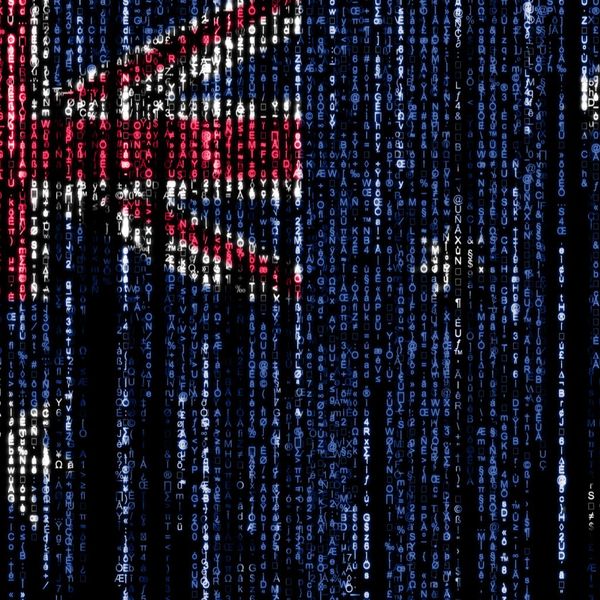OPINION — Donald Trump's return to the White House has dramatically reshaped Australia's strategic landscape, forcing a delicate balancing act between alliance loyalty and national self-interest. As the geopolitical chessboard of the Indo-Pacific grows increasingly complex, Australia finds itself at a critical crossroads, committed to its historic U.S. alliance while hedging against the unpredictability of Trump's "America First" doctrine.
The cornerstone ANZUS Treaty, which has underpinned Australian security for over 70 years, faces unprecedented strain. Trump's transactional view of alliances has materialized in concrete demands: a 30% increase in Australia's defense spending, accelerated AUKUS submarine payments, and American bases in northern Australia. At the same time, Trump has reportedly questioned whether America would “get its money's worth" from defending Australia.
The vaunted Five Eyes intelligence arrangement continues but with emerging fault lines. The Pine Gap facility, which is critical for U.S. intelligence gathering in Asia, remains operational but Australian intelligence officials privately express concern about the selective nature of intelligence sharing under Trump's leadership.
Trump's economic nationalism has also created tangible pain points in the economy. The expanded tariffs on Australian aluminum (15%) and steel (25%) announced in February 2025 delivered a $1.2 billion blow to Australian exporters despite AUSFTA protections. When Australia sought exemptions citing alliance commitments and asking “why Australia got whacked”, Jamieson Greer, the U.S. trade representative who oversees the implementation of the sweeping tariff, said America "should be running up the score on Australia". U.S. Commerce Secretary Howard Lutnick went further when he labeled Australia and other countries as "dumpers" of underpriced aluminum and emphasized the need to protect American industries.
Experts are gathering at The Cipher Brief’s NatSecEDGE conference June 5-6 in Austin, TX to talk about the future of war. Be a part of the conversation.
Australia's China relationship has become exponentially more complicated under AUKUS and now under Trump 2.0. Trump's combative approach, including new technology transfer restrictions that affect Australian firms, has forced Australia into uncomfortable positions. We have and will continue to face an excruciating choice between economic opportunity and strategic alignment.
The establishment of a permanent Chinese naval logistics facility in Timor-Leste in March 2025 highlighted Australia's vulnerability despite its alliance commitments. As one senior Department of Foreign Affairs official noted anonymously, "We're discovering the limits of our alliance guarantees at precisely the moment regional tensions demand their strength."
Australia has responded with a multi-pronged approach that Defence Minister Richard Marles describes as "alliance loyalty with strategic hedging." This includes:
- Accelerating indigenous missile production capabilities through the $3.5 billion Sovereign Missile Alliance;
- Deepening the Quad relationship, particularly military interoperability with Japan;
- Expanding the Pacific Maritime Security Program to $750 million to counter Chinese influence; and
- Establishing the "Southeast Asia Resilience Fund" to offer regional alternatives to Chinese investment.
Former Prime Minister Malcolm Turnbull captured Australia's new reality succinctly when he said that we remain America's steadfast ally, but prudence demands we develop options and capabilities that serve our interests when those interests diverge from Washington's.
As Australia navigates this turbulent period, one certainty emerges - the era of unquestioning alignment with American priorities has ended. Australia's national security now demands both alliance maintenance and independent capability development in what may be the most significant strategic recalibration since World War II.
The Cipher Brief is committed to publishing a range of perspectives on national security issues submitted by deeply experienced national security professionals.
Opinions expressed are those of the author and do not represent the views or opinions of The Cipher Brief.
Have a perspective to share based on your experience in the national security field? Send it to Editor@thecipherbrief.com for publication consideration.
Read more expert-driven national security insights, perspective and analysis in The Cipher Brief







